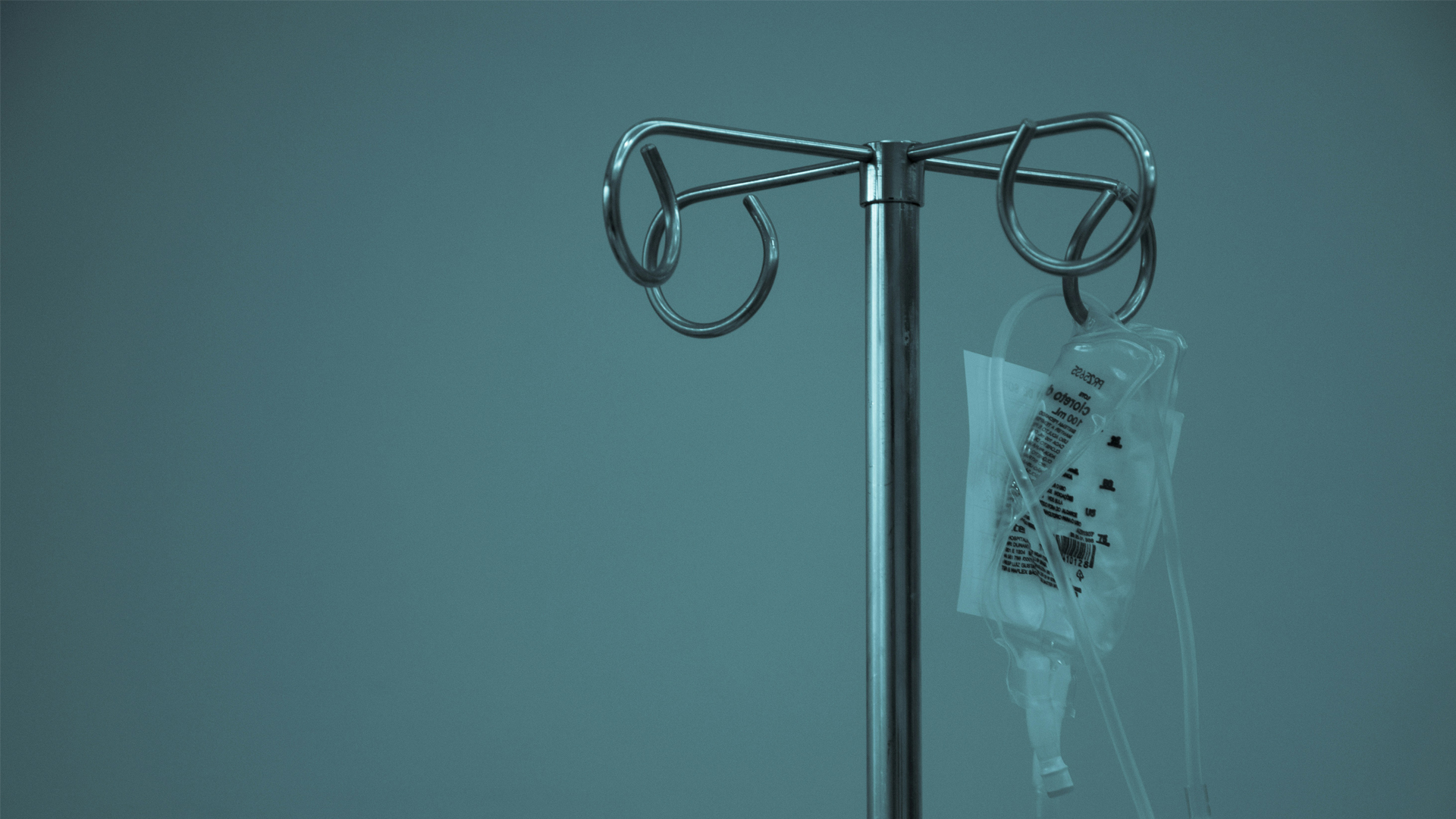Caution: Hospital Zone
Though the care we receive at the hospital can mean the difference between life and death, medical errors causing harm are more common than most of us imagine.
We traditionally see the hospital as a place of healing and hope. Surprisingly, through accident and error, a hospital stay can itself be deadly. According to some researchers, hospitalization is the third leading cause of death in the United States behind heart disease and cancer. (The rating is controversial, however, because reliable data is hard to come by.)
While hospitals have many layers of checks and controls to prevent mistakes, the system is a “complex, pressurized patchwork” with many opportunities for error. “The drive to make systems reliable,” writes Sidney Dekker in Patient Safety: A Human Factors Approach, “also makes them complex—which, paradoxically, can in turn make them less safe.”
Medical diagnosis is in itself a complex task. According to the 2024 paper “Medical Error Reduction and Prevention,” errors may be due to basic “knowledge gaps” that can lead to “deficient bedside assessment and clinical reasoning.”
“It is questionable whether a typical patient receiving care from a typical health professional in a typical U.S. hospital or clinic today is at appreciably lower risk of experiencing a preventable medical injury than she was twenty years ago.”
The “Medical Error” paper describes a litany of potentially fatal mistakes: surgery on the wrong patient, on the wrong part of the body, or using the wrong procedure; medication errors including “overriding medication-use safeguards, mistakenly administering a similar-sounding medication, or using out-of-date medications”; and device-related mistakes including “medical equipment design flaws, mishandling, user error, and malfunction.”
Another paper, this one from Australia, notes that physician error may occur from any number of other normal human impactors; for example, “emotions, fatigue, distractions, peer opinions, and cultural norms.” As a result, an estimated 10 to 15 percent of diagnoses are incorrect, and serious patient harm or death from misdiagnosis affects one in 200 patients admitted to the hospital.
If these were not enough reasons to avoid the hospital, one final iatrogenic insult (defined as avoidable, unintended harm caused by the healer) must be highlighted. Joseph Lister introduced the necessity of handwashing in 1867, yet even this most basic and commonsense habit can be missed. According to the “Medical Error” authors, “failure to practice basic hand hygiene” and errors in catheter placement lead to common infections such as “catheter-associated urinary tract infections, surgical site infections, hospital-acquired pneumonia, central line-associated sepsis, and care-related skin and soft tissue infections.”
“Patients are, in a gross characterization, exposed to three kinds of risk—their disease, the diagnosis and treatment plan for it, and the implementation of that plan.”
Why does this continue? Michael J. Saks and Stephan Landsman write quite candidly in Closing Death’s Door: Legal Innovations to End the Epidemic of Healthcare Harm: “Existing incentives are perverse and legal policies are paradoxical. The less spent on improving patient safety, the more money a healthcare organization makes. More money is earned when a patient is injured (and needs additional care) than when all goes well. The reward for costly investments in safety would be reduced revenue.”
The purpose here is not to condemn hospitals; it’s simply to make clear that being more proactive concerning our health is a far better plan than placing ourselves in the hands of a system that in some instances, as described by Saks and others, makes more money from mistakes than from safety. This warning is not meant to belittle or point fingers at health-care workers and providers who are dedicated to the best interests of patients. But mistakes happen.
Modern medicine, delivered by caring physicians, assistants and staff, will be restorative for most of us, but some will go home worse off, and a few won’t go home at all. For acute appendicitis or accidental traumatic injury, the emergency room and the hospital are our best bet for survival. Accidents happen and may be unavoidable, but the best cure for disease is still prevention. Rather than focusing on trying to fix sickness (and taking the chance of going from bad to worse), why not instead focus on wellness?

